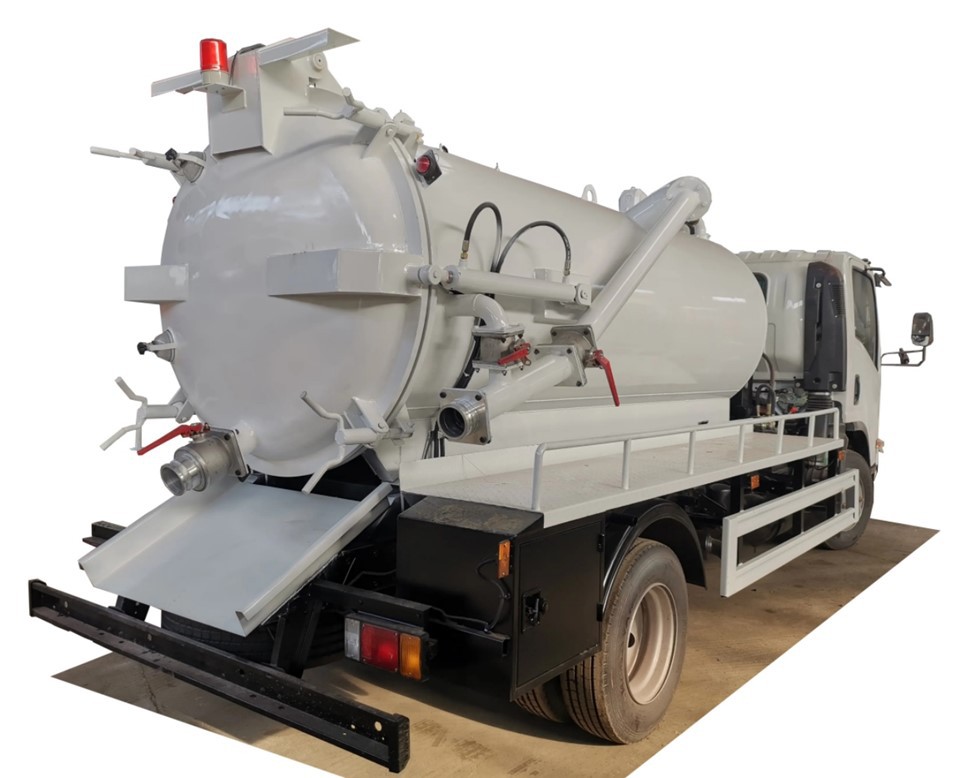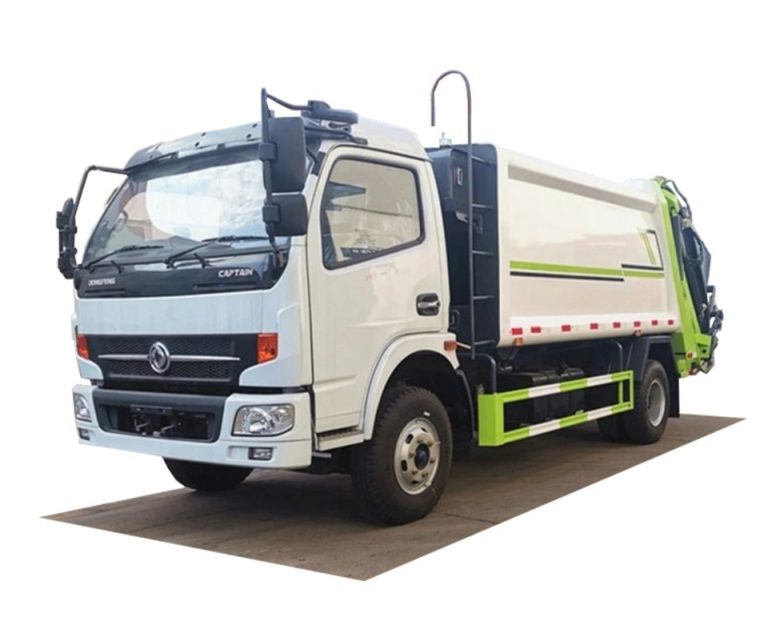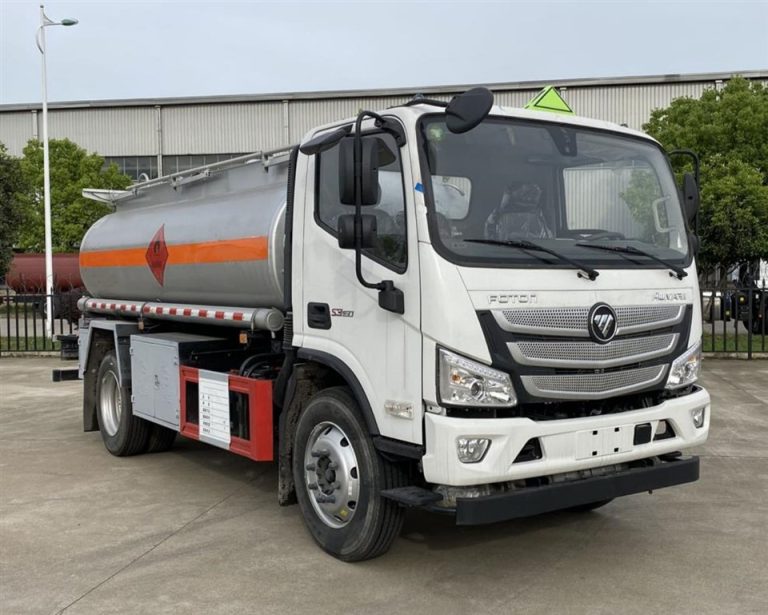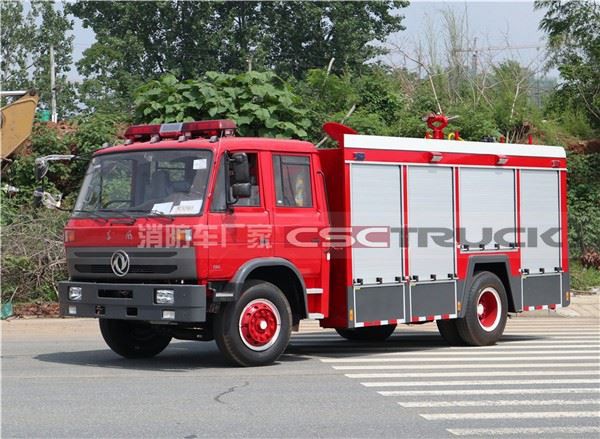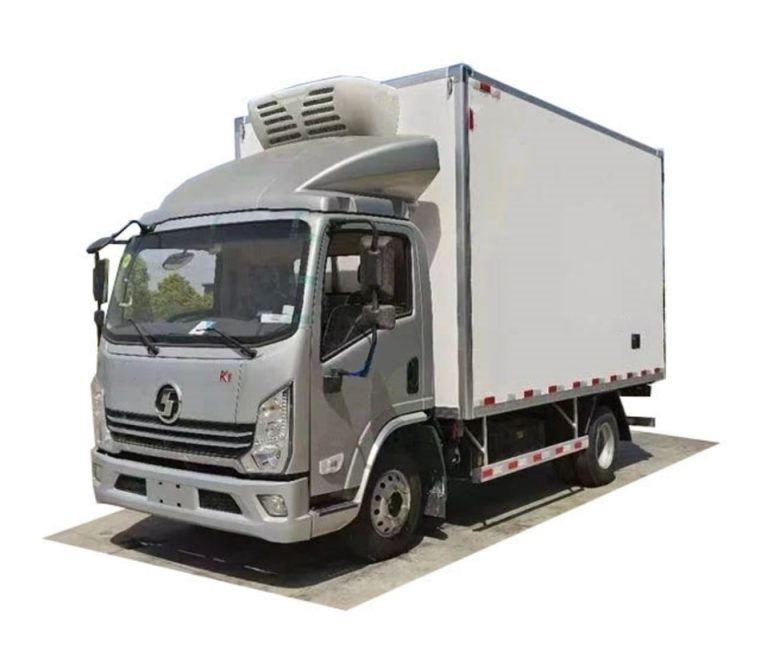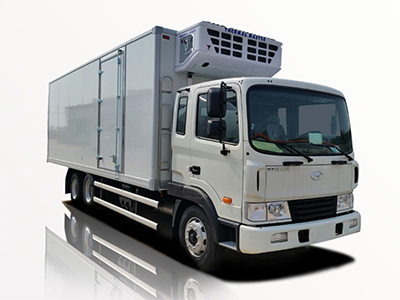Introduction
Maintaining clean streets is vital for public health, aesthetics, and the environment. Street cleaning equipment plays a crucial role in ensuring urban areas remain tidy and safe. This article explores various types of street cleaning equipment, their applications, benefits, and practical tips for selecting and using them effectively. Whether you’re part of a municipal maintenance team or a business owner responsible for keeping outdoor spaces clean, understanding street cleaning equipment can help you make informed decisions that enhance the cleanliness and safety of your environment.
Types of Street Cleaning Equipment
1. Street Sweepers
Street sweepers are perhaps the most recognized type of street cleaning equipment. They come in various configurations, including mechanical, vacuum, and regenerative air sweepers. Each type serves a different purpose based on the cleaning requirements.
Mechanical Sweepers
Mechanical sweepers use rotating brushes to dislodge dirt and debris, which is then lifted by a conveyor system into a hopper. Ideal for general street cleaning, they can efficiently handle large debris like leaves and litter.
Vacuum Sweepers
Vacuum sweepers use suction to remove dust and fine particles from the street. They are particularly effective in urban areas with high foot traffic and can clean more efficiently than mechanical sweepers.
Regenerative Air Sweepers
These utilize a combination of air flow and vacuum to remove dirt while minimizing the disturbance of road surfaces. They are particularly useful for street cleaning in areas with delicate infrastructure.
2. Parking Lot Sweepers
Parking lot sweepers are designed specifically for cleaning commercial parking lots. They usually have larger hoppers and more powerful suction systems compared to regular street sweepers.
3. Handheld Sweepers
For smaller areas or places that require manual cleaning, handheld sweepers can be effective. They are lightweight, easy to operate, and are ideal for sidewalks, parks, and small outdoor spaces.
Applications of Street Cleaning Equipment
1. Urban Maintenance
Street cleaning equipment is essential for urban maintenance, as it helps keep city streets free from debris, enhancing both the appearance and safety of public spaces.
2. Event Cleanup
From festivals to parades, street cleaning equipment is crucial for post-event cleanup. Sweepers can quickly clear large areas of litter and waste, ensuring venues are restored to their original conditions.
3. Seasonal Cleaning
During autumn, leaf accumulation can pose hazards on the roads. Street cleaning equipment, especially mechanical sweepers, is essential during this season to maintain safety and cleanliness.
Benefits of Using Street Cleaning Equipment
1. Improved Public Health
Regular street cleaning removes debris, trash, and pollutants, which can harbor pests and lead to health issues. Clean environments contribute significantly to public health standards.
2. Enhanced Aesthetics
Clean streets contribute to the overall aesthetic appeal of an area, making it more inviting for residents and tourists alike. This can improve local businesses and community pride.
3. Environmental Protection
Street cleaning helps prevent pollutants and debris from entering stormwater systems, reducing pollution in waterways and helping to protect the local environment.
Factors to Consider When Choosing Street Cleaning Equipment
1. Type of Debris
Consider the types of debris your location generates. For example, if leaf removal is a primary concern, a mechanical sweeper may be most effective.
2. Area Size
The size of the area to be cleaned significantly impacts equipment choice. Larger sweepers for extensive urban areas, or smaller, more maneuverable options for tight spaces.
3. Budget and Cost-Effectiveness
Street cleaning equipment can vary significantly in price. Consider operating costs, such as fuel efficiency and maintenance, to find the most budget-friendly option.
4. Environmental Regulations
Check local regulations regarding emissions and noise levels, which may influence your choice of street cleaning equipment.
Tips for Operating Street Cleaning Equipment
1. Regular Maintenance
Ensure that all equipment undergoes regular maintenance checks. This helps prevent malfunctions and prolongs the lifespan of the machinery.
2. Operator Training
Proper training for operators is essential. Ensure they understand the equipment’s functions, safety protocols, and best practices for efficient cleaning.
3. Use the Right Attachments
Many street cleaning machines come with various attachments. Choosing the right attachments for the specific cleaning task can enhance performance.
Practical Examples of Street Cleaning Equipment in Action
1. Municipal Use
Many cities use a mix of mechanical and vacuum sweepers for regular street cleaning. For example, New York City employs a fleet of street sweepers that operate on a schedule to maintain cleanliness.
2. Park Maintenance
Some parks utilize handheld sweepers to keep walking paths free from litter. This human-operated equipment allows for more detailed cleaning in smaller areas.
The Future of Street Cleaning Equipment
1. Technological Innovations
Advancements in technology are leading to more efficient and sustainable street cleaning solutions. Electric vehicles, for instance, provide a quieter and more environmentally friendly option.
2. Smart City Integration
As cities become smarter with the integration of IoT technology, street cleaning equipment may be equipped with sensors and GPS to optimize cleaning routes and schedules.
FAQ Section
1. What is the best type of street sweeper for litter removal?
Mechanical sweepers are typically best for larger debris like litter, while vacuum sweepers excel at finer particles and dust removal.
2. How often should streets be cleaned?
Frequency depends on traffic levels and local regulations, but many urban areas benefit from weekly or bi-weekly cleaning.
3. Can street cleaning equipment operate in inclement weather?
Most street cleaning equipment can operate in light rain. However, severe weather conditions may hinder operations due to safety concerns.
4. What maintenance is required for street sweepers?
Regular maintenance includes checking filters, brushes, and hoppers, as well as scheduling routine inspections to ensure optimal performance.
5. How do street cleaners handle different types of debris?
Many street cleaning vehicles have customizable attachments and settings to adjust for various debris types, including leaves, dirt, and litter.
6. Are there environmentally friendly options for street cleaning equipment?
Yes, electric and hybrid street cleaning machines are becoming increasingly popular, as they produce fewer emissions and operate more quietly than traditional fuel-powered machines.
